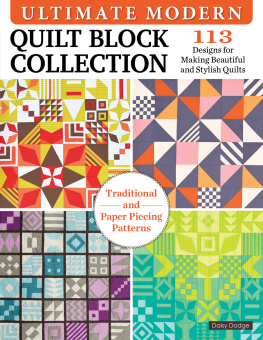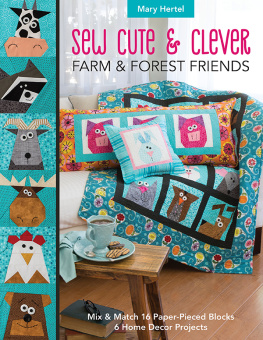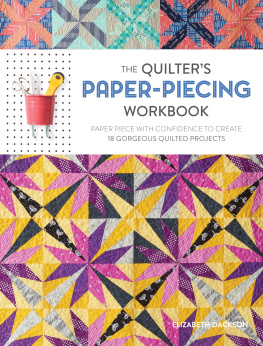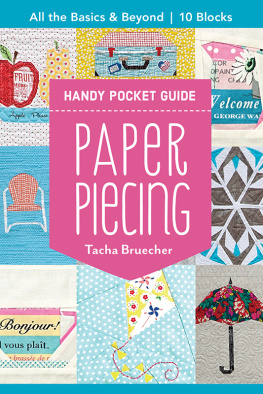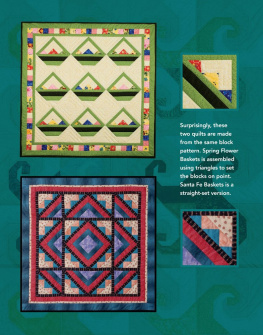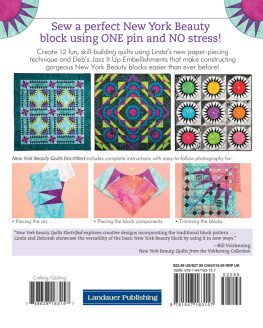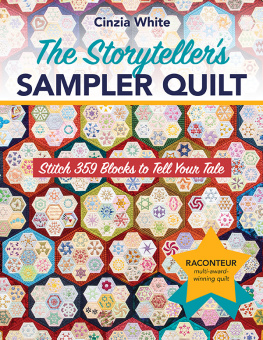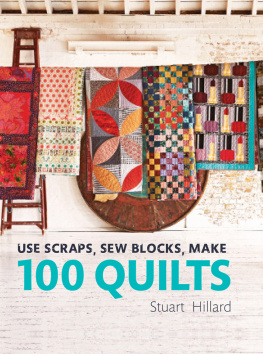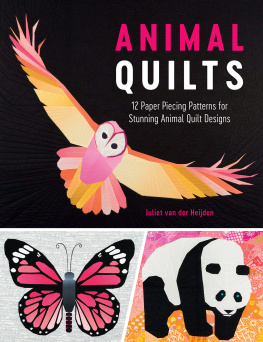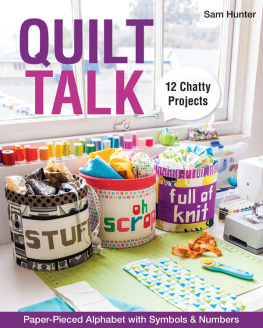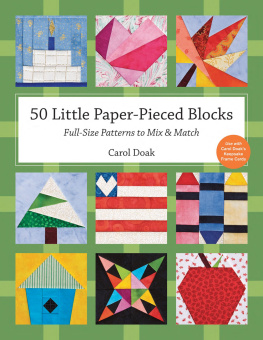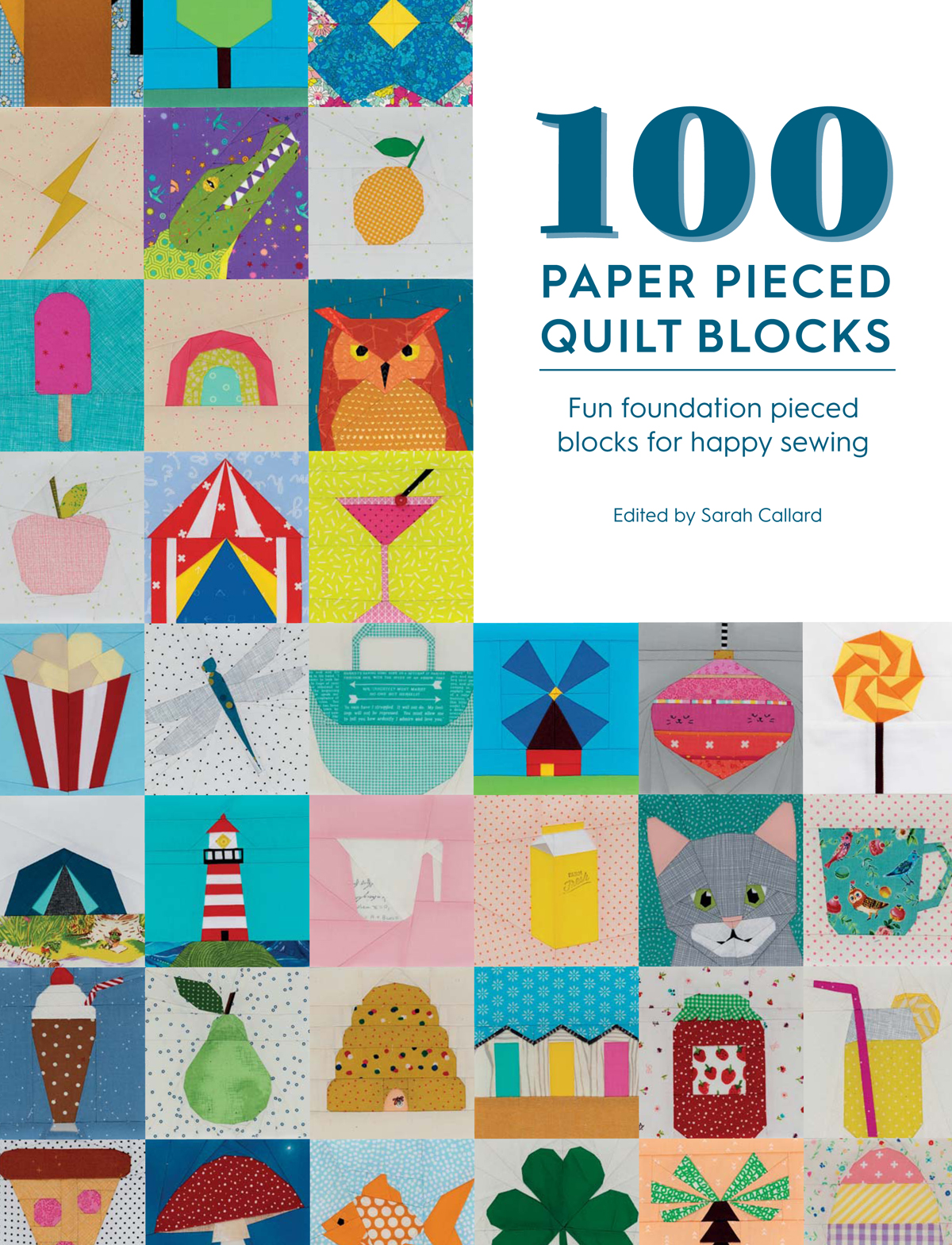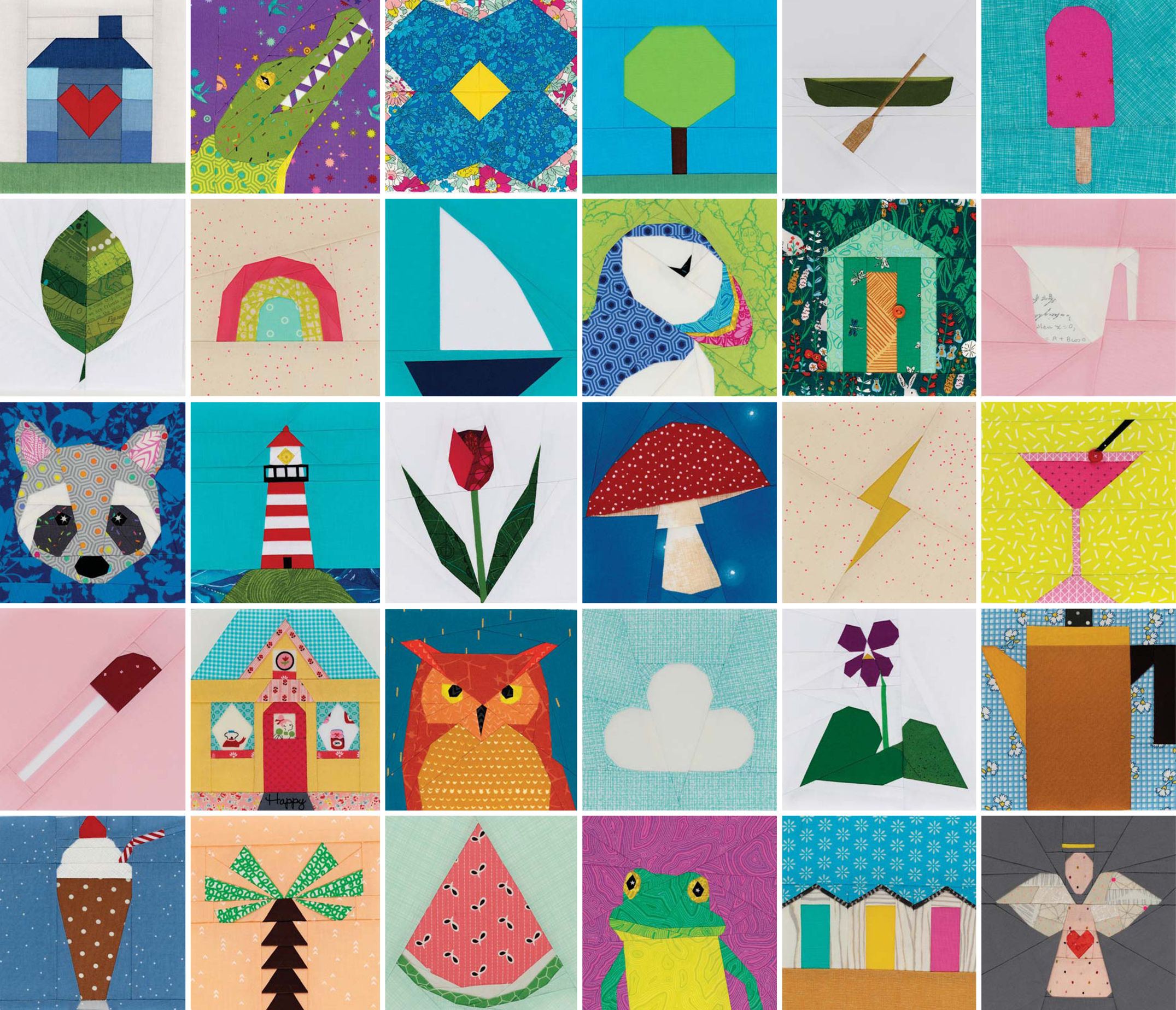Sarah Callard - 100 Paper Pieced Quilt Blocks: Fun foundation pieced blocks for happy sewing
Here you can read online Sarah Callard - 100 Paper Pieced Quilt Blocks: Fun foundation pieced blocks for happy sewing full text of the book (entire story) in english for free. Download pdf and epub, get meaning, cover and reviews about this ebook. year: 2021, publisher: David & Charles, genre: Home and family. Description of the work, (preface) as well as reviews are available. Best literature library LitArk.com created for fans of good reading and offers a wide selection of genres:
Romance novel
Science fiction
Adventure
Detective
Science
History
Home and family
Prose
Art
Politics
Computer
Non-fiction
Religion
Business
Children
Humor
Choose a favorite category and find really read worthwhile books. Enjoy immersion in the world of imagination, feel the emotions of the characters or learn something new for yourself, make an fascinating discovery.

- Book:100 Paper Pieced Quilt Blocks: Fun foundation pieced blocks for happy sewing
- Author:
- Publisher:David & Charles
- Genre:
- Year:2021
- Rating:3 / 5
- Favourites:Add to favourites
- Your mark:
100 Paper Pieced Quilt Blocks: Fun foundation pieced blocks for happy sewing: summary, description and annotation
We offer to read an annotation, description, summary or preface (depends on what the author of the book "100 Paper Pieced Quilt Blocks: Fun foundation pieced blocks for happy sewing" wrote himself). If you haven't found the necessary information about the book — write in the comments, we will try to find it.
This is a bright and humorous collection of foundation paper pieced quilt blocks and projects for happy quilts. The motifs include a wide range of popular designseverything from avocados to rainbowsso you can mix and match to make perfect personalised quilts and quilted projects.
Foundation paper piecing is the perfect way to get perfectly sharp points and create fun quilt motifs. By using the foundation paper piecing (FPP) technique you can create intricate designs which would be impossible with traditional piecing. FPP is done using a sewing machine so even though the blocks are detailed the process is quite quick so you can make cute quilts and quilted projects in quick time. It is also the perfect way to use up your stash of quilting and sewing scraps and have lots of fun selecting the perfect scrap to suit your blocks.
This collection features 100 fun quilt blocks from some of the best known names in patchwork and quilting. All the blocks are made using foundation paper piecing and all the templates are featured at full size with the seam allowance added so you can trace them off and get piecing straight away.
Theres a comprehensive section showing you how to do FPP with step-by-step instructions and photos so even if youve never done FPP before you can get started.
The motifs featured include everything from food and drink (strawberry milkshake and pizza anyone?), to designs for outdoor explorers (a canoe and campfire set the scene for adventure lovers); pets and wild animals (think racoons to kittens) and everything in between. There is a block to suit everyone so you can make the perfect themed quilt for your nearest and dearest based on the things that they love the most.
As well as instructions and patterns for the 100 FPP blocks there are also instructions for 10 projects made using the blocks including a retro apron; a rainbow pouch bag; a tote with 1950s sunglasses motif; the perfect table runner and a cute, kitten pillow. So why not choose your favourite motifs and get started making perfect quilted gifts for your friends and family!
Sarah Callard: author's other books
Who wrote 100 Paper Pieced Quilt Blocks: Fun foundation pieced blocks for happy sewing? Find out the surname, the name of the author of the book and a list of all author's works by series.

